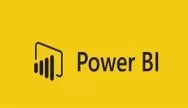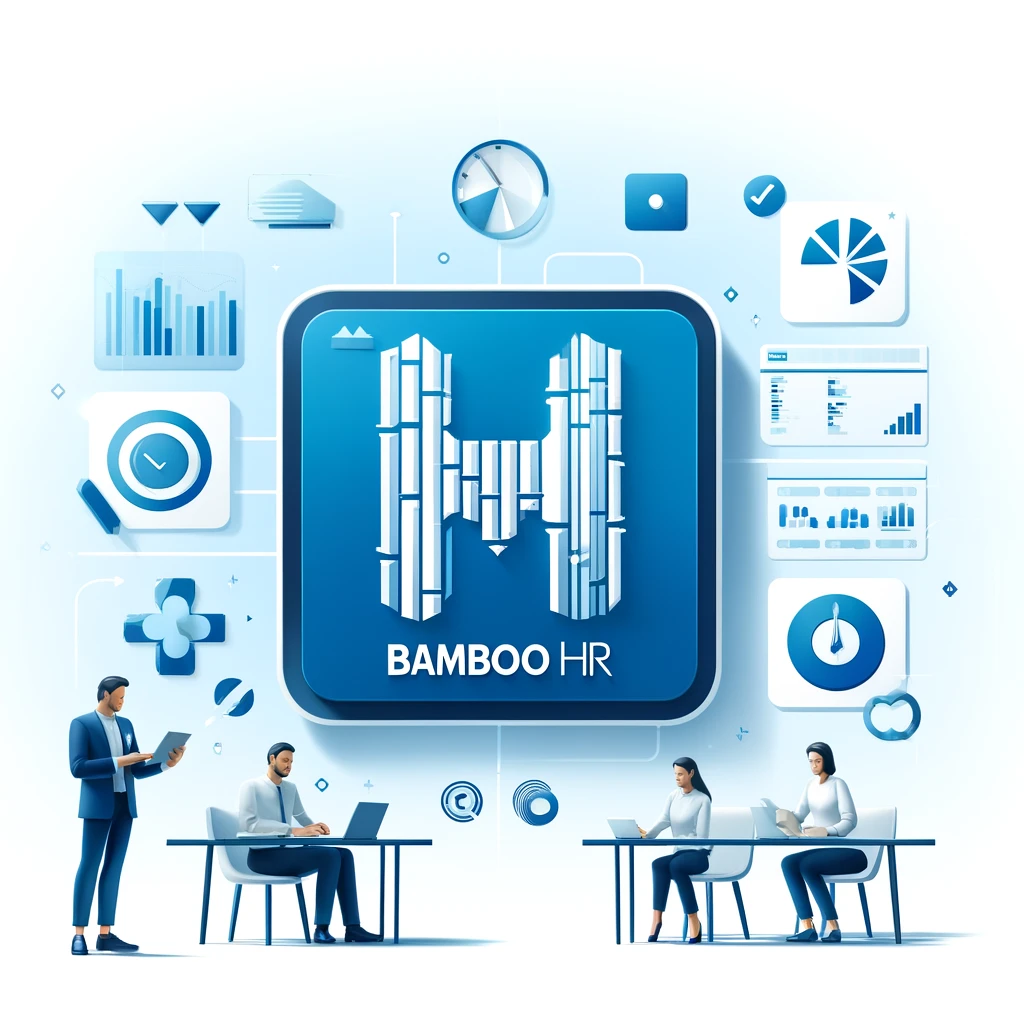Having worked with a few customers on automating the data output from their HR system, namely BambooHR. I thought I’d summarise some some of the considerations on extracting data from BambooHR.
BambooHR is a cloud-based Human Resources Information System (HRIS) designed to simplify HR processes for businesses. It’s known for its user-friendly interface, scalability, and the ability to streamline complex HR tasks.
As with any system the data collected is only as useful as the actions from it. Whilst BambooHR can improve HR analytics, reporting, and decision-making processes in your organization. To realise these benefits you need an effective strategy to extract data from BambooHR. Here are key steps and best practices for efficiently getting data out of BambooHR and utilizing it to its full potential.

Extracting Data from BambooHR
1. Understand Your Data Requirements
Identify Your Needs: Start by clearly defining what data you need to extract from BambooHR. This could be employee performance metrics, time off balances, or payroll information. Understanding your requirements will help streamline the extraction process.
Compliance and Privacy: You need to ensure that your data extraction methods comply with relevant data protection regulations (like GDPR or CCPA) and you maintain employee privacy.
2. Utilize BambooHR’s Reporting Tools
Standard Reports: BambooHR offers a variety of pre-built reports that can meet many common data needs. Explore these options first, as they are the simplest way to extract data.
Custom Reports: If the standard reports do not meet your requirements, BambooHR allows you to create custom reports. This feature lets you select specific data fields, apply filters, and customize the format to suit your needs.
3. API Access for Advanced Data Extraction

Leverage the API: For more complex data needs or automation, use BambooHR’s API. This allows for real-time data extraction. Data can then be integrated into custom applications or third-party analytics tools.
API Documentation: Familiarize yourself with the BambooHR API documentation. It provides detailed information on available endpoints, request formats, and limitations. The documentation is here and allows you to understand the end points and test the API calls.
Security: Ensure that any use of the API follows best practices for security. This should include proper authentication and data encryption.
4. Integration with Third-Party Tools
HR Analytics and BI Tools: Consider integrating BambooHR a Business Intelligence (BI) tool. This could include Power BI or another BI tool. This can mean analysis and visualisations are available to meet your performance needs.

3rd Party Tools: Consider integrating BambooHR with a 3rd party tool. Many modern analytics platforms offer direct integration capabilities. These simplifying data extraction and enabling advanced analysis. This could include accounting, recruiting or communication systems. Examples include Xero, Greenhouse or Slack.
Custom Integration Solutions: For specific needs, you might develop custom integration solutions. This approach requires a good understanding of both the BambooHR API and the data requirements of the receiving system.
5. Automate Data Extraction Processes
Automation Tools: Utilize automation tools and scripts to regularly extract data from BambooHR. This ensures that your data is always up-to-date and reduces manual workload.
6. Data Quality and Management
Regular Audits: Conduct regular audits of the extracted data to ensure its accuracy and completeness. This includes verifying that the data extraction process hasn’t missed any important information.
Data Storage: Consider the storage solutions for the extracted data. Ensure that it’s stored securely and in a format that facilitates easy access and analysis.
Conclusion
In conclusion, effectively extracting data from BambooHR is not just about accessing information; it’s about transforming this data into actionable insights that drive informed decision-making and enhance HR operations. By following the outlined steps from understanding your data needs and utilizing BambooHR’s reporting tools to leveraging its API, integrating with third-party tools, automating the process, and ensuring data quality you can unlock the full potential of your HR data. Embrace these practices to elevate your organization’s HR analytics, streamline processes, and ultimately foster a more engaged and productive workforce. Remember, the power of BambooHR lies not only in its data collection capabilities but in how you extract and use that data to make strategic decisions.
Find out about our Business Intelligence Consultancy Service.
Or find other useful SQL, Power BI or other business analytics timesavers in our Blog
We select our Business Analytics Timesavers from our day-to-day analytics consultancy work. They are the everyday things we see that really help analysts, SQL developers, BI Developers and many more people. Our blog has something for everyone, from tips for improving your SQL skills to posts about BI tools and techniques. We hope that you find these helpful!
Blog Posted by David Laws




